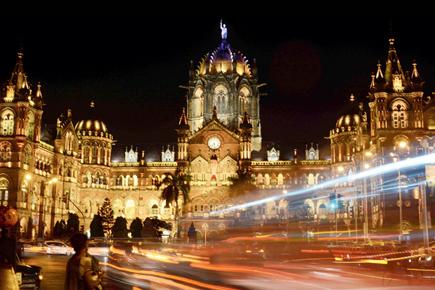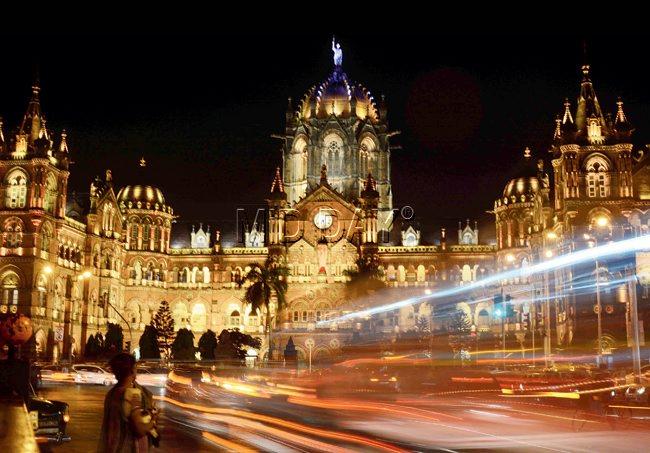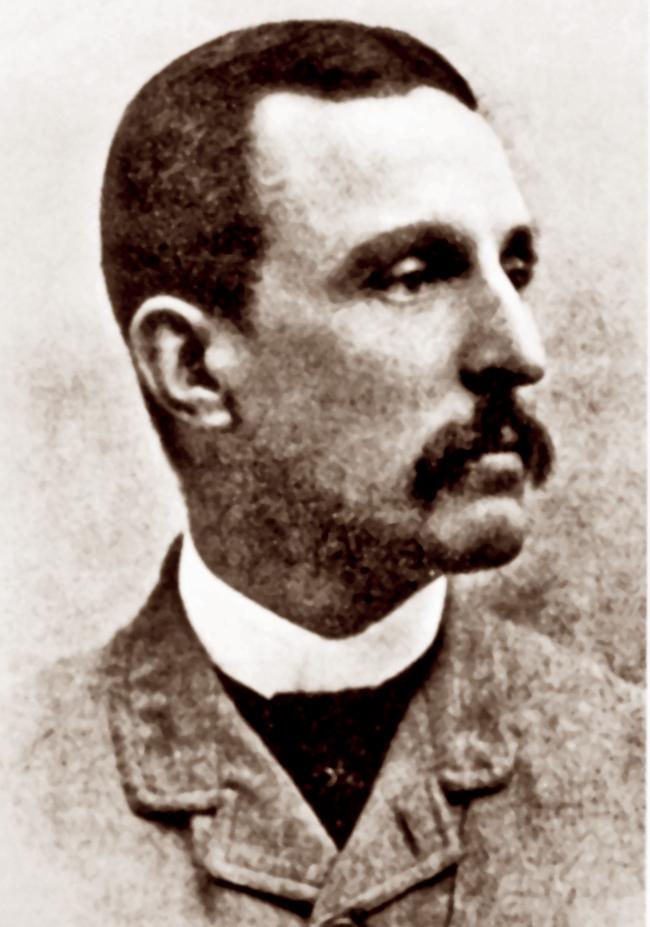The guide recalls FW Stevens’ contribution to Mumbai’s skyline on this 115th death anniversary that fell last week

CST remains FW Stevensu00c3u00a2u00c2u0080u00c2u0099 most significant contribution to Mumbaiu00c3u00a2u00c2u0080u00c2u0099s landscape
Last week, on March 5 to be precise, was architect and visionary Frederick William Stevens’ 115th death anniversary. He was laid to rest at the Sewri cemetery. As an ode to his contribution, we showcase some of his stunning neo-Gothic plans that have defined the city.

CST remains FW Stevens’ most significant contribution to Mumbai’s landscape. Pic/Atul Kamble
ADVERTISEMENT
Chhatrapati Shivaji Terminus (earlier Victoria Terminus): Built as the offices and a terminal for the Great Indian Peninsula Railway, Stevens’ plan took ten years to complete, in 1888. The total expenditure was 2,60,000 (Pounds), the highest at the time for any building in the city.
Maharashtra State Police Headquarters: Originally known as the Royal Alfred Sailors Home, this was completed in 1876. It offered sleeping quarters for sailors, officers and seamen. Built with Kurla stone, it had Stevens’ stamp when it came to being people-friendly with sufficient ventilation. The legendary author and sea-loving traveller, Englishman Joseph Conrad visited Mumbai in the 19th century, and lived here. His experiences here inspired him to write the tale on the sailing ship, The Nigger of the Narcissus.

FW Stevens
BMC building: Stevens’ designs were such that the entire structure was fireproof. Atop this structure is Urbs Prima in Indis, the statue meant to depict the city being the premier city of the India. The dome at the top is believed to have been inspired by Bijapur’s Gol Gumbaz.
Standard Chartered Bank: It represents the first of the banks along Mahatma Gandhi Road within the bank district. Originally called the Chartered Bank of India, Australia and China, this building stands out for its use of Porbander, Malad and basalt stone in light colours and traditional ceramic tiles for its roof. Unfortunately, Stevens could not live to see this project completed, though he was fully involved with its work till his death on March 5, 1900.
 Subscribe today by clicking the link and stay updated with the latest news!" Click here!
Subscribe today by clicking the link and stay updated with the latest news!" Click here!







